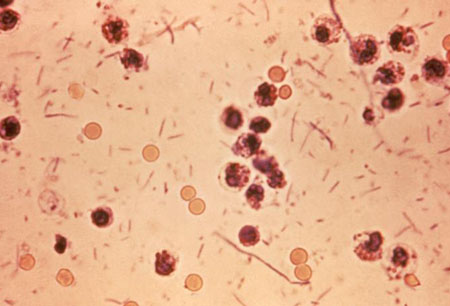Last reviewed: 16 Mar 2025
Last updated: 30 Jan 2024
Summary
Definition
History and exam
Key diagnostic factors
- diarrhea
- cramping abdominal pain
- fever
- tenesmus
- abdominal pain or tenderness
- features of hemolytic uremic syndrome
Other diagnostic factors
- signs of volume depletion
- increased bowel sounds
- vomiting
- meningismus or other signs of altered neurologic status
- febrile seizures
- somnolence
Risk factors
- exposure to contaminated water or food or direct fecal-oral contact
- age <5 years
- malnutrition
- poor hygiene and cramped conditions
- travel to endemic areas
- men who have sex with men
Diagnostic tests
Tests to consider
- Shigella serotyping
- peripheral blood smear
- abdominal x-ray
- flexible sigmoidoscopy
Treatment algorithm
Contributors
Authors
Ashley Barnabas, MRCP
Consultant Hepatologist and Gastroenterologist
St Mark's and Northwick Park Hospitals
Middlesex
UK
Disclosures
AB declares that he has no competing interests.
Acknowledgements
Dr Ashley Barnabas would like to gratefully acknowledge Dr Gehanjali D.A. Amarasinghe, Dr Richard Pollok, and the late Dr Satish Keshav, the previous contributors to this topic.
Disclosures
GDAA and RP declare that they have no competing interests.
Peer reviewers
David Acheson, MD
Chief Medical Officer
Director of Food Safety and Security
US Food and Drug Administration
Rockville
MD
Disclosures
DA declares that he has no competing interests.
Franz Allerberger, MD, MPH
Professor of Clinical Microbiology
Austrian Agency for Health and Food Safety (AGES)
Vienna
Austria
Disclosures
FA declares that he has no competing interests.
Use of this content is subject to our disclaimer
